Olafur Eliasson inaugurates Azabudai Hills Gallery in Tokyo
Olafur Eliasson marks launch of Azabudai Hills Gallery, in Tokyo’s major new district, with a show of elemental strength

Looping abstractions formed from spiralling modules of interconnected polyhedra. Circular drawings created by desert sun and winds. Dancing trajectories of water droplets caught in light while falling through darkness. According to the Danish-Icelandic artist Olafur Eliasson, these works are threaded together by ideas of ‘deep time, slowness, motion and geometry’ – and they can now be viewed at Azabudai Hills Gallery, part of the major new district and cultural hub in the heart of Tokyo that opened this week (see our Azabudai Hills walkthrough with Thomas Heatherwick).
The culmination of three decades of planning, Azabudai Hills is inspired by the idea of a modern urban village, with three skyscrapers rising into the clouds, between which flows a green network of Heatherwick Studio-designed lower-level architecture and landscaping, housing offices, residences, shops, health clinics, a hotel and a school.
Azabudai Hills Gallery
Culture is a critical connector. Aiming to dissolve the boundaries between daily life and art to boost wellness, the so-called city-in-a-city, developed by Mori Building, is home to more than 9,000 sq m of art and museum spaces (Pace and teamLab’s Borderless will open here next year).
The cultural heartbeat is Azabudai Hills Gallery, a new contemporary art space, which opens with a solo exhibition by Eliasson, who has also created a public artwork for the complex.
Eliasson – an artist who has recreated the ephemeral beauty of rainbows, made the sun rise over London, built waterfalls in New York and put a riverbed in a gallery (much of which is covered in Olafur Eliasson: Experience, published by Phaidon) – has spent decades exploring the dynamic between humans and their environment, often through large-scale expressions of the elements of nature.
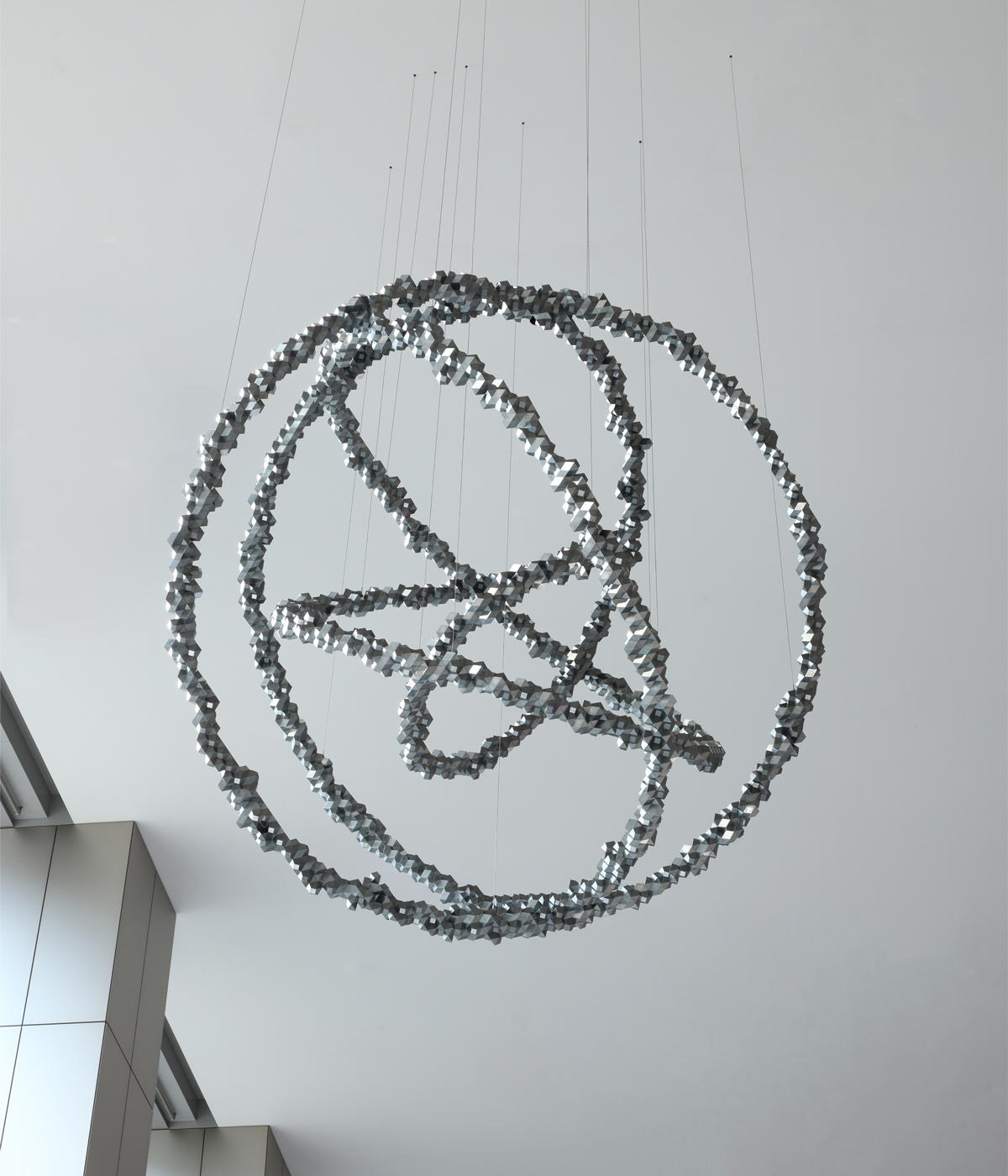
A harmonious cycle of interconnected nows (2023), installation view
His new works at Azabudai Hills are no less layered. Looking upwards in the glass-fronted lobby of Mori JP Tower (at 330m, the tallest skyscraper in Japan), A harmonious cycle of interconnected nows hangs from a 15m-high ceiling, comprising a set of four intricately delicate spiralling forms, each spanning 3m in diameter.
The spirals, made from recycled zinc (a first for Eliasson) follow the dynamic trajectory of a single point to express the movement found in all things. A complex series of interconnected, polyhedron-shaped modules is threaded into loops, twists and curves, their multi-faceted surfaces gently reflecting the shifting sun outside.
Wallpaper* Newsletter
Receive our daily digest of inspiration, escapism and design stories from around the world direct to your inbox.
Explaining the concept to Wallpaper*, Eliasson says: ‘The work was inspired by shifting scales: looking simultaneously at the macro level, where everything is in constant motion, and at the micro level, where everything consists of tiny building blocks.
‘These large-scale motions are all, to a certain extent, cycles, even if they take place at a pace or scale that is beyond anything we can visualise – our planet, the sun, the solar system travelling through space, the passing of the seasons, the water cycle and the rock cycle on Earth. What appears solid is actually in motion, ephemeral. At the same time, the world is made up of these elemental building blocks that exhibit a clarity or structure that is seemingly stable – crystals, molecules, and atomic structures.’
Olafur Eliasson, ‘A harmonious cycle of interconnected nows’
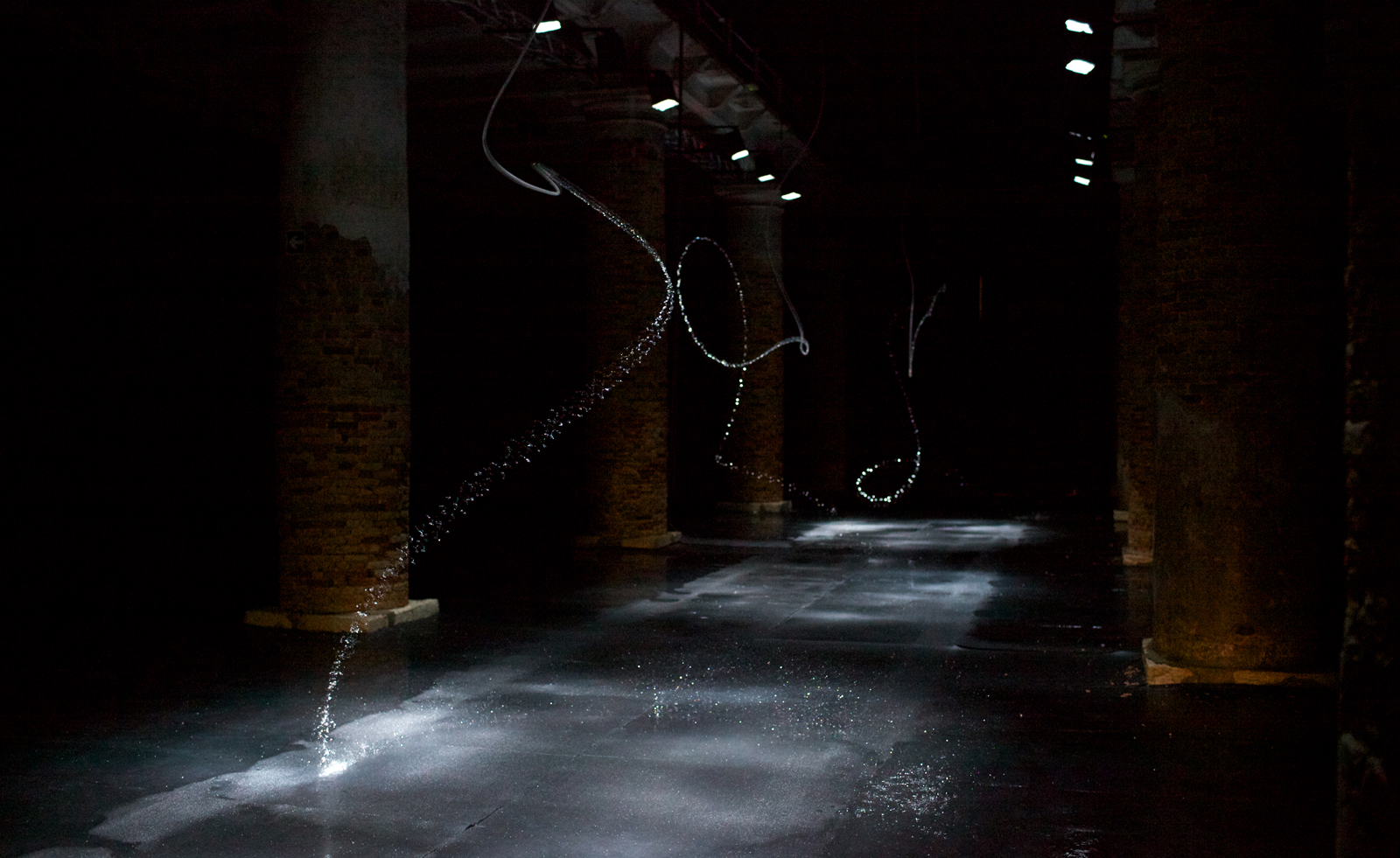
Your split second house (2010), exhibition view
The same ideas – of time, cycles, the motion of lines – are explored in his exhibition at Azabudai Hills Gallery, also called ‘A harmonious cycle of interconnected nows’, curated by Mami Kataoka, director of Mori Art Museum, and Hirokazu Tokuyama, associate curator at Mori Art Museum: ‘The concept of this whole development is green and wellness,’ says Tokuyama. ‘Olafur was one of the first artists who committed to this subject. It’s very easy to sense this connection in the exhibition and permanent artwork.’
The show, which has 15 new artworks, opens with Firefly biosphere (falling magma star), a red glass ball sculpture containing intricately refracted light that moves across the surrounding walls. Visitors can also interact with a pendulum-powered drawing machine, The endless study, drop a pen onto paper, and watch intricate patterns take shape, the result of three axes and two frequencies in motion.
Paintings are brought to life in the desert of Qatar using the natural elements – three with deep, strong scorch marks forged through the sun-heated base of glass touching paper; another three with ethereally blurred edges evoked through the wind-moving brushes on canvas.
‘I have worked on drawing machines for many years, going back to experiments I created with my father while he was working as a cook on a boat,’ says Eliasson. ‘We were interested in enlisting the help of the elements to make drawings that we ourselves might not have made on our own. In that case, it was the motion of the waves and the sea. In the more recent drawing machines, produced earlier this year for an artwork in the desert of Qatar, I have made use of the light of the sun to burn paper, and the power of the wind to move pendulums that cause marks on canvases.’
He adds: ‘These are artworks made by the planet, by the motion of the Earth or by the weather patterns at the site. I wanted to draw a connection between these seemingly small works and the large forces behind them, just as the permanent installation connects the two scales of cyclical motion and falling, modular geometrical elements.’
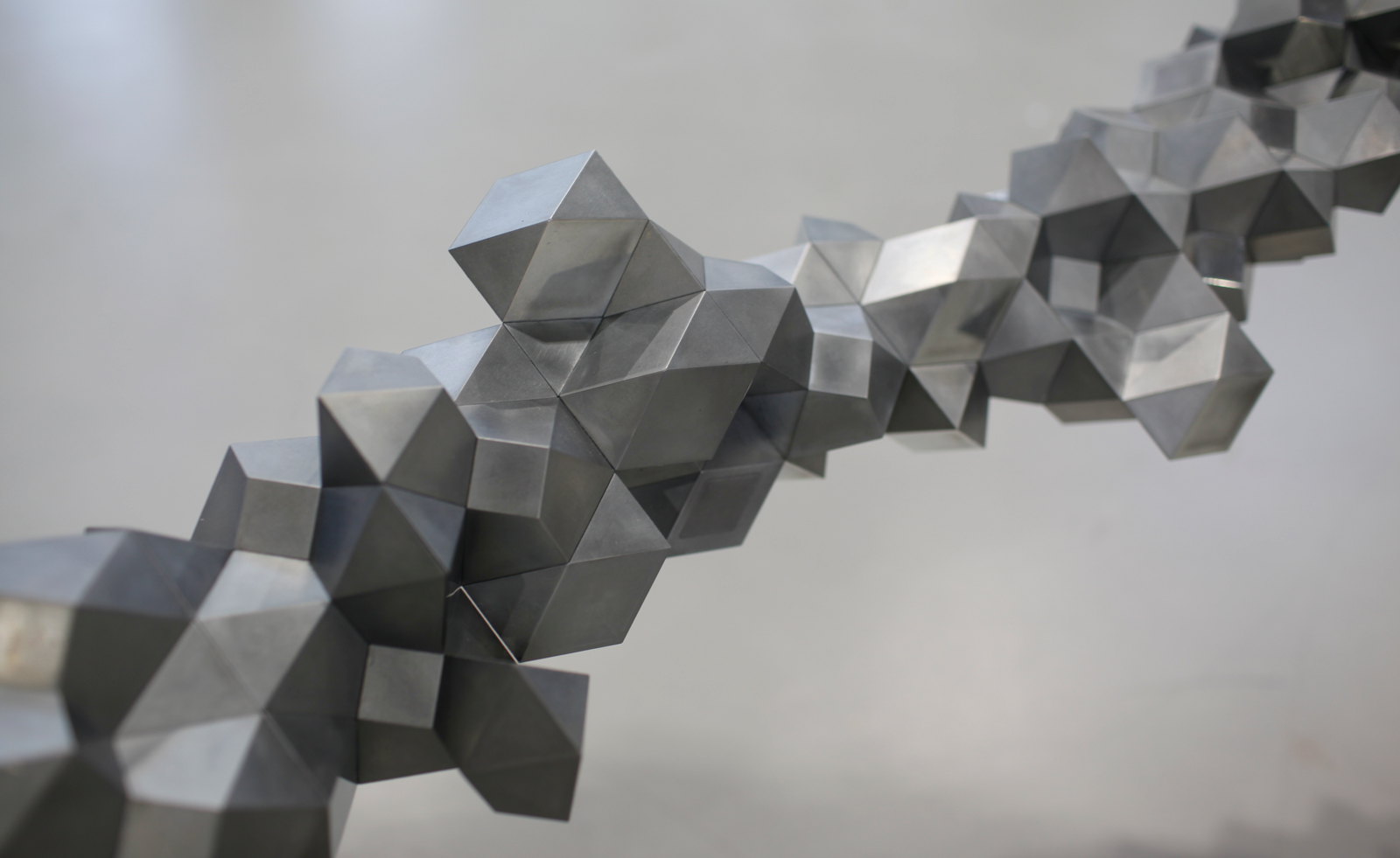
The wind theme continues in The air we breathe, made from the same modules of polyhedra used in his permanent artwork – this time in a vertical form, with air-blowing fans at its apex.
Explaining the recycled material, he says: ‘The zinc is a by-product of waste incineration. It’s filtered out of the smoke that in the past would have simply mixed into our atmosphere as air pollution. It’s still a rather experimental process.’
He adds: ‘In a sense, I see the recycled zinc as reflecting the pollution that has been removed from the air we breathe. The fans at the top of this tower of modules put the air into motion.
‘I’ve used fans a number of times in my art, in fact, and I like that they create an experience that is not visually perceptible but has a definite presence in the space as wind. So the work has a certain dematerial aspect while also being very much about materials.’
Another highlight is Your split second house: an installation stretching more than 20m in a long dark space, where strobe lights catch the flickering trajectories of water droplets from three pipes attached to the ceiling – to hypnotic sensory effect, from the visual beauty of the water to the sound of it drumming the floor and the moisture lingering in the air.
The café’s mindful menu to go with the show
Tapping into Eliasson’s long-held interest in the dialogue between food and art, The Kitchen at Azabudai Hills Gallery Café, in collaboration with Studio Olafur Eliasson Kitchen, is also showcasing a special menu to accompany the exhibition, with buffet dishes ranging from sweet miso glazed cauliflower and beetroot soup to black bean rice balls.
‘The kitchen at my studio has long played an important role in my practice,’ says Eliasson. ‘I see the potential of a kind of mindful cooking and eating, where you recognise the interconnectedness of things: how the head of lettuce contains the energy of the sun, converted via photosynthesis into sustenance, for example.’
‘Olafur Eliasson Exhibition: A Cycle of Harmony of Interconnected Nows’ from Friday 24 2023 – Sunday 31 March 2024
Danielle Demetriou is a British writer and editor who moved from London to Japan in 2007. She writes about design, architecture and culture (for newspapers, magazines and books) and lives in an old machiya townhouse in Kyoto.
Instagram - @danielleinjapan
-
 Nikos Koulis brings a cool wearability to high jewellery
Nikos Koulis brings a cool wearability to high jewelleryNikos Koulis experiments with unusual diamond cuts and modern materials in a new collection, ‘Wish’
By Hannah Silver
-
 A Xingfa cement factory’s reimagining breathes new life into an abandoned industrial site
A Xingfa cement factory’s reimagining breathes new life into an abandoned industrial siteWe tour the Xingfa cement factory in China, where a redesign by landscape specialist SWA Group completely transforms an old industrial site into a lush park
By Daven Wu
-
 Put these emerging artists on your radar
Put these emerging artists on your radarThis crop of six new talents is poised to shake up the art world. Get to know them now
By Tianna Williams
-
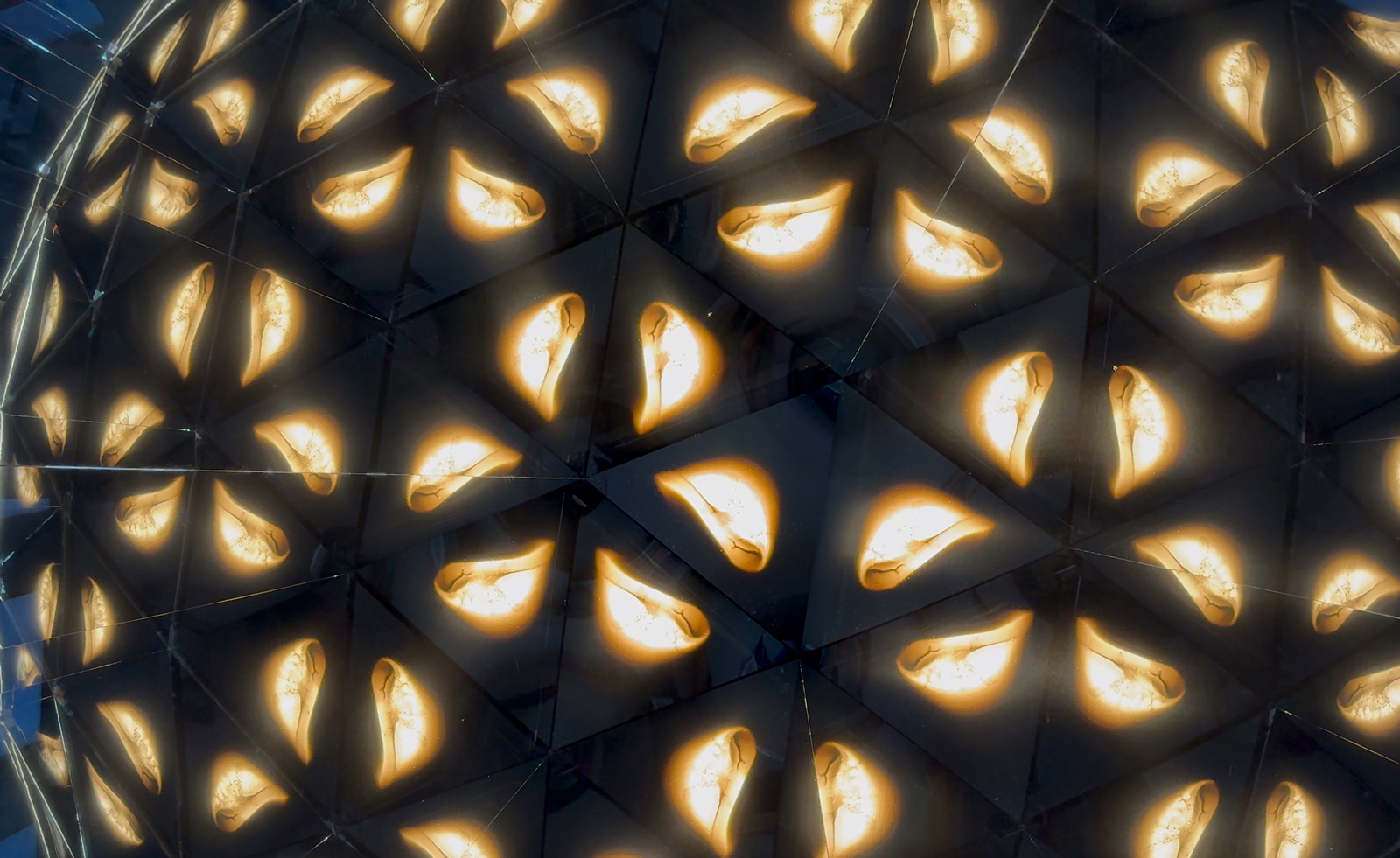 Olafur Eliasson's new light sculptures illuminate Los Angeles
Olafur Eliasson's new light sculptures illuminate Los AngelesOlafur Eliasson's new exhibition, 'Open,' at the Museum of Contemporary Art in Los Angeles, includes 11 new pieces
By Hunter Drohojowska-Philp
-
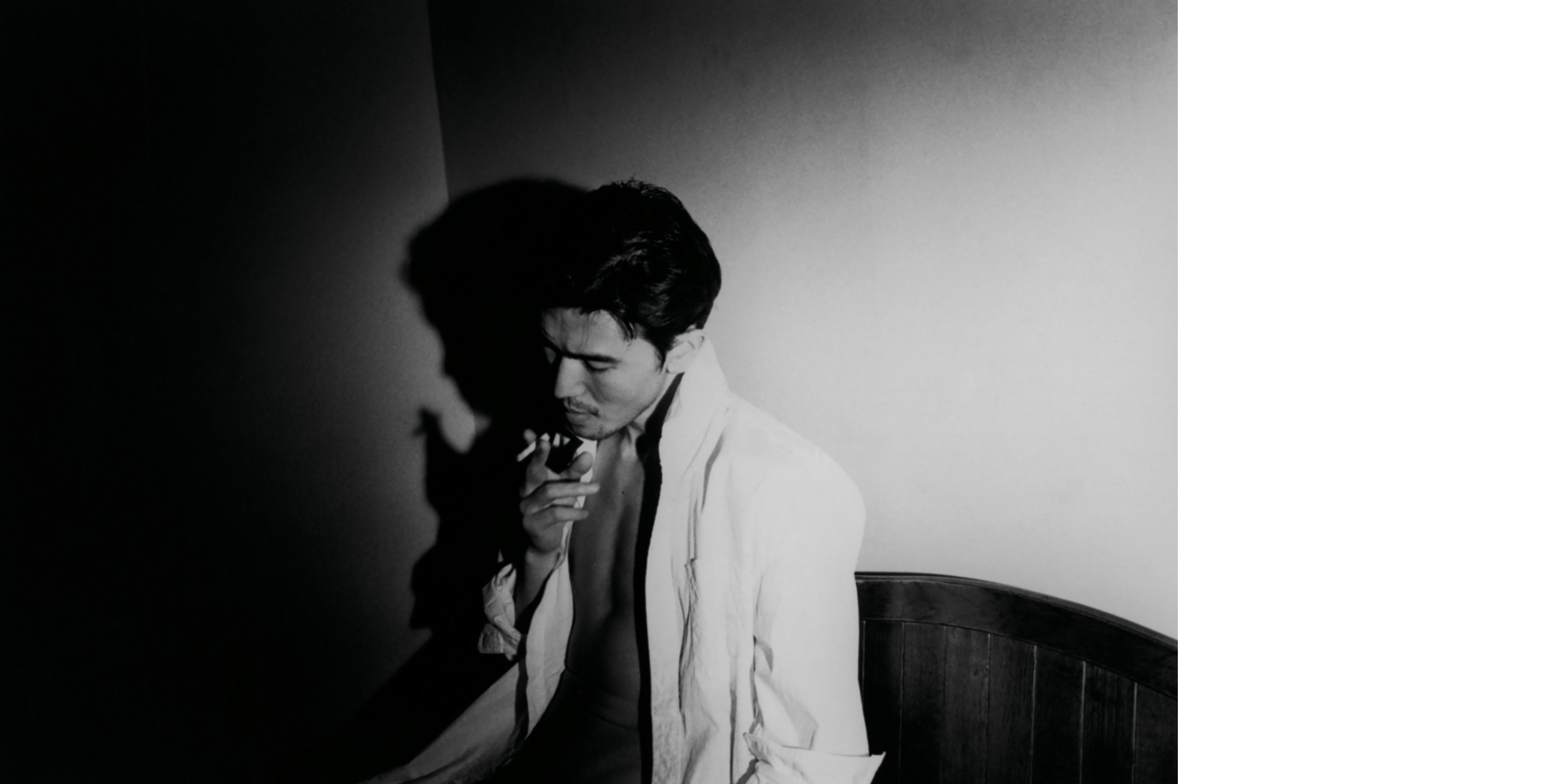 'I’m So Happy You Are Here': discover the work of Japanese women photographers
'I’m So Happy You Are Here': discover the work of Japanese women photographersSubtitled ‘Japanese Women Photographers from the 1950s to Now’, this new monograph from Aperture is a fascinating insight into a critically overlooked body of work
By Jonathan Bell
-
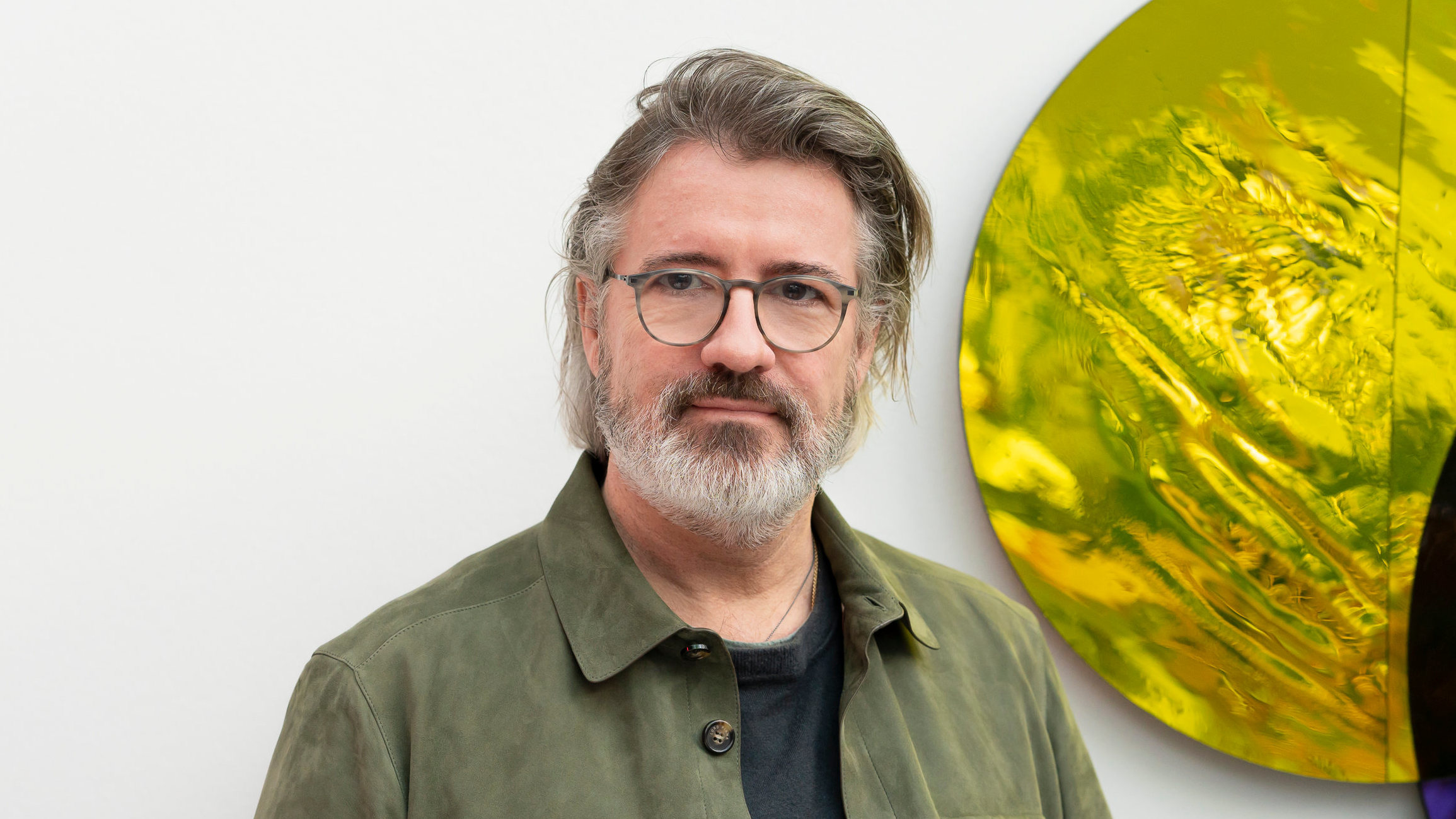 WeTransfer announces Olafur Eliasson as its new annual guest curator
WeTransfer announces Olafur Eliasson as its new annual guest curatorArtist Olafur Eliasson becomes the latest guest curator for WeTransfer’s WePresent creative portal
By Jonathan Bell
-
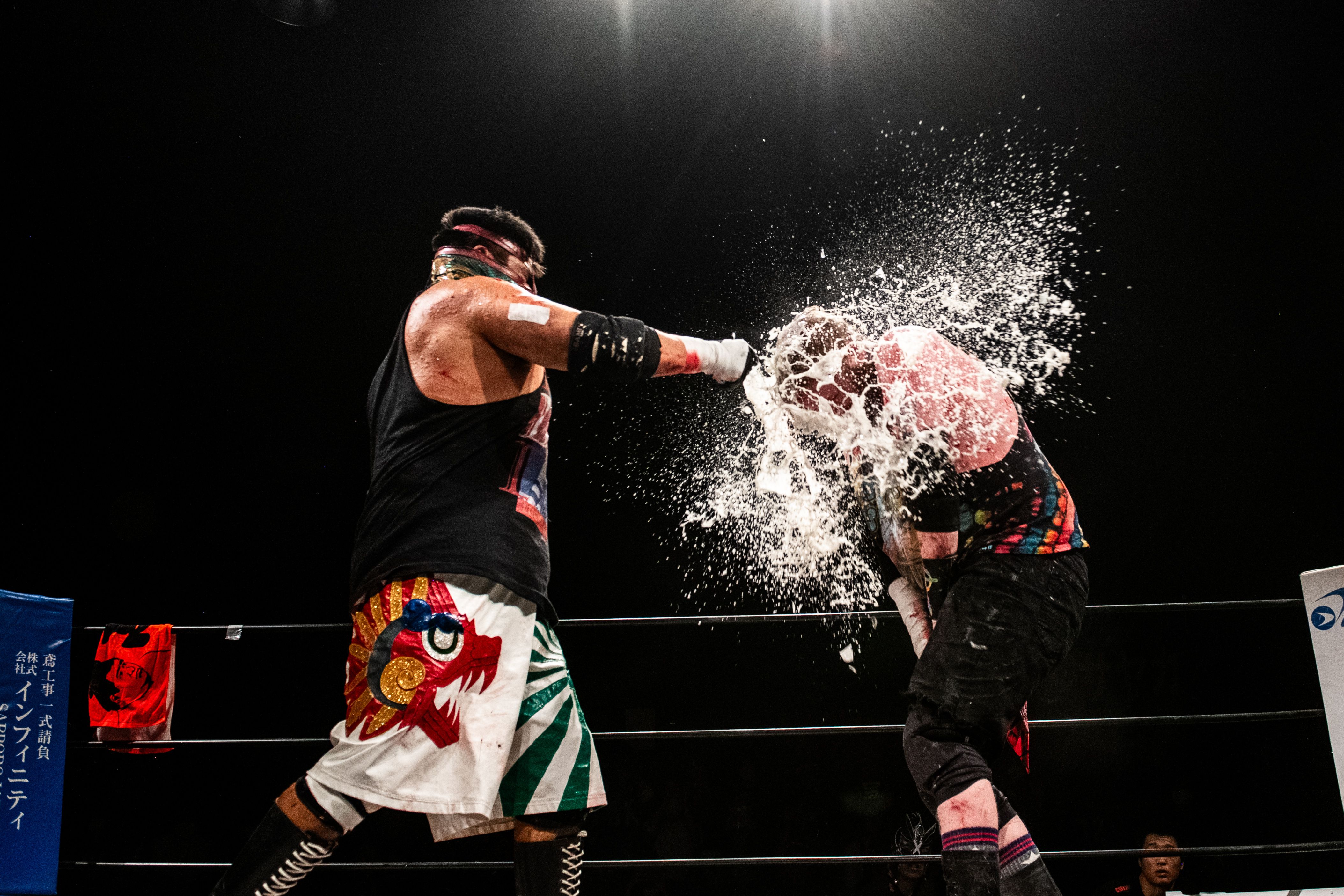 Deathmatch wrestling’s behind-the-scenes moments and bloody glory
Deathmatch wrestling’s behind-the-scenes moments and bloody gloryA new limited-edition book explores the intersection between art and deathmatch wrestling at a sold-out show held in Tokyo
By Anne Soward
-
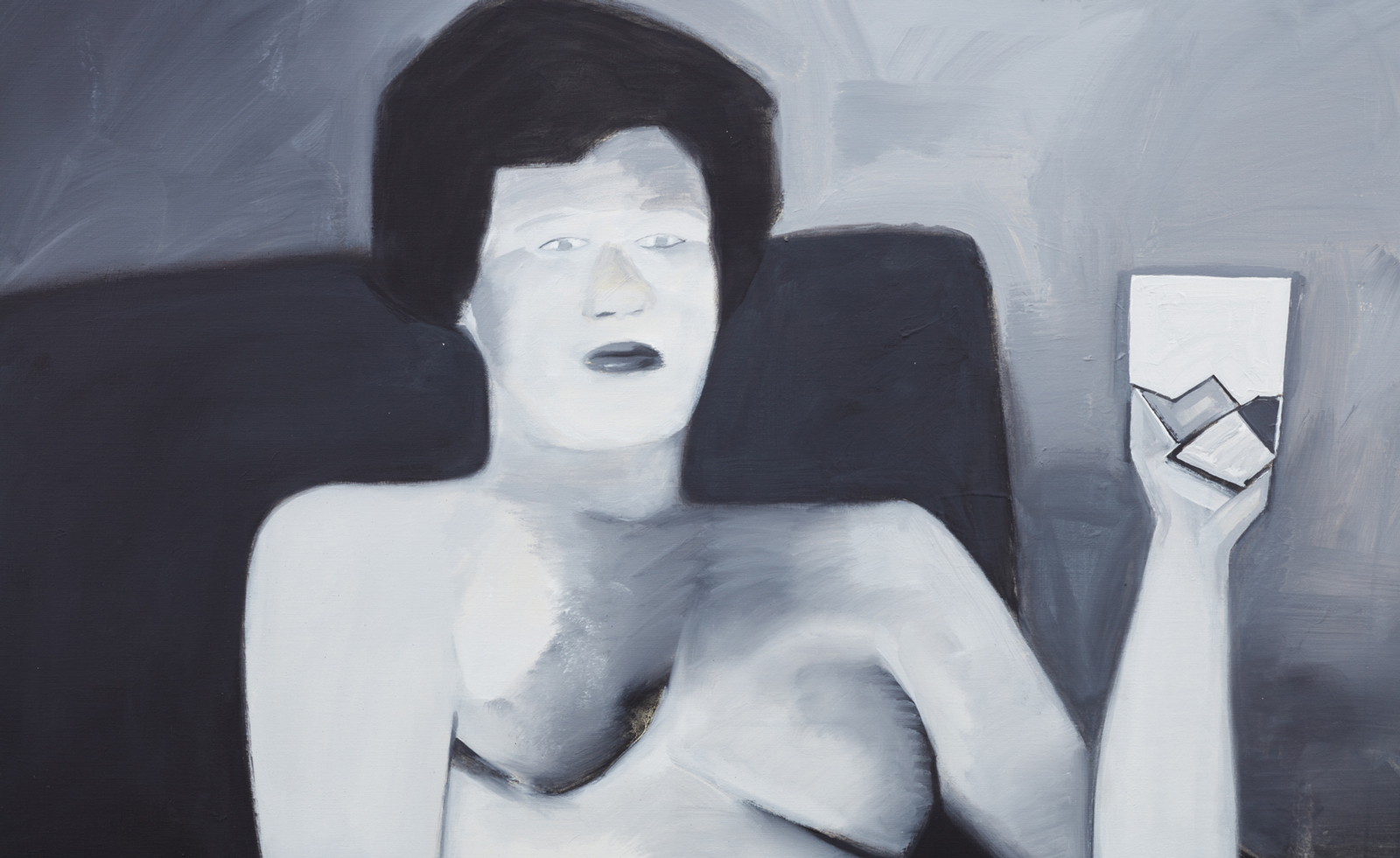 BLUM marks 30 years of Japanese contemporary art in America
BLUM marks 30 years of Japanese contemporary art in AmericaBLUM will take ‘Thirty Years: Written with a Splash of Blood’ to its New York space in September 2024, continuing its celebration of Japanese contemporary art in America
By Timothy Anscombe-Bell
-
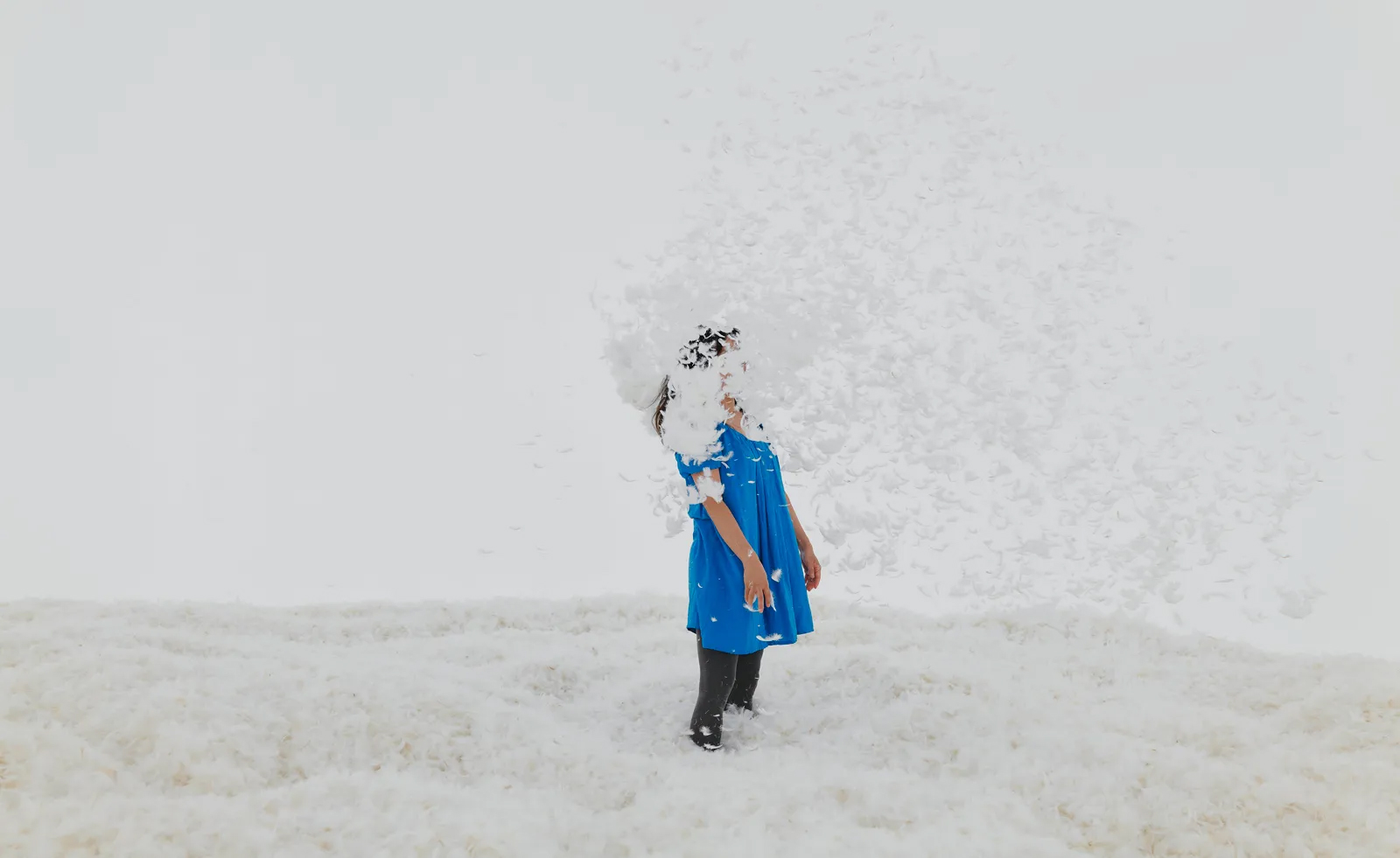 Heads up: art exhibitions to see in January 2024
Heads up: art exhibitions to see in January 2024Start the year right with the Wallpaper* pick of art exhibitions to see in January 2024
By Hannah Silver
-
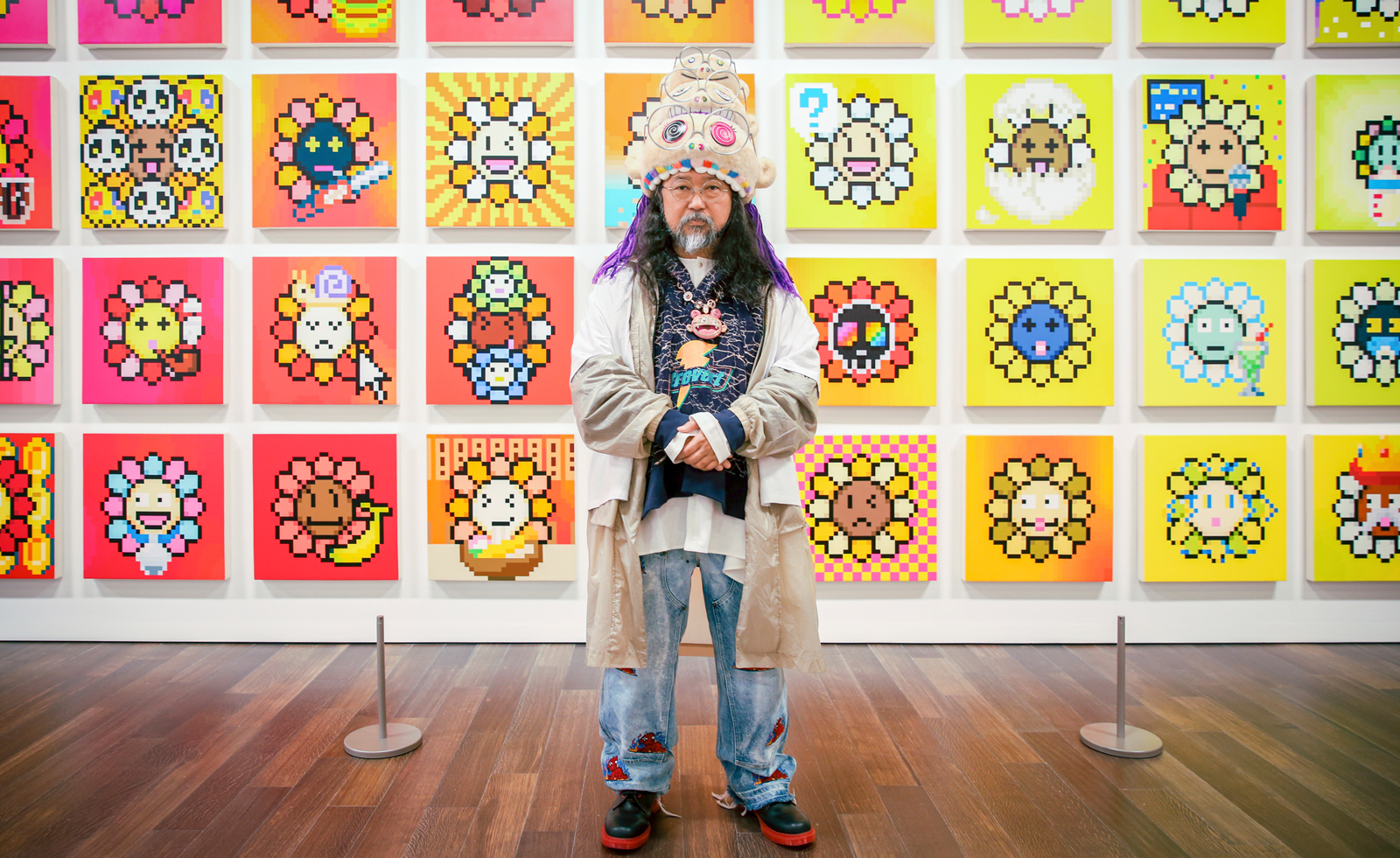 Takashi Murakami on his monsterizing San Francisco show
Takashi Murakami on his monsterizing San Francisco showTakashi Murakami tells us of pandemic-inspired creatures, eye-popping flowers, and NFTs as he explains the making of his exhibition at Asian Art Museum in San Francisco
By Pei-Ru Keh
-
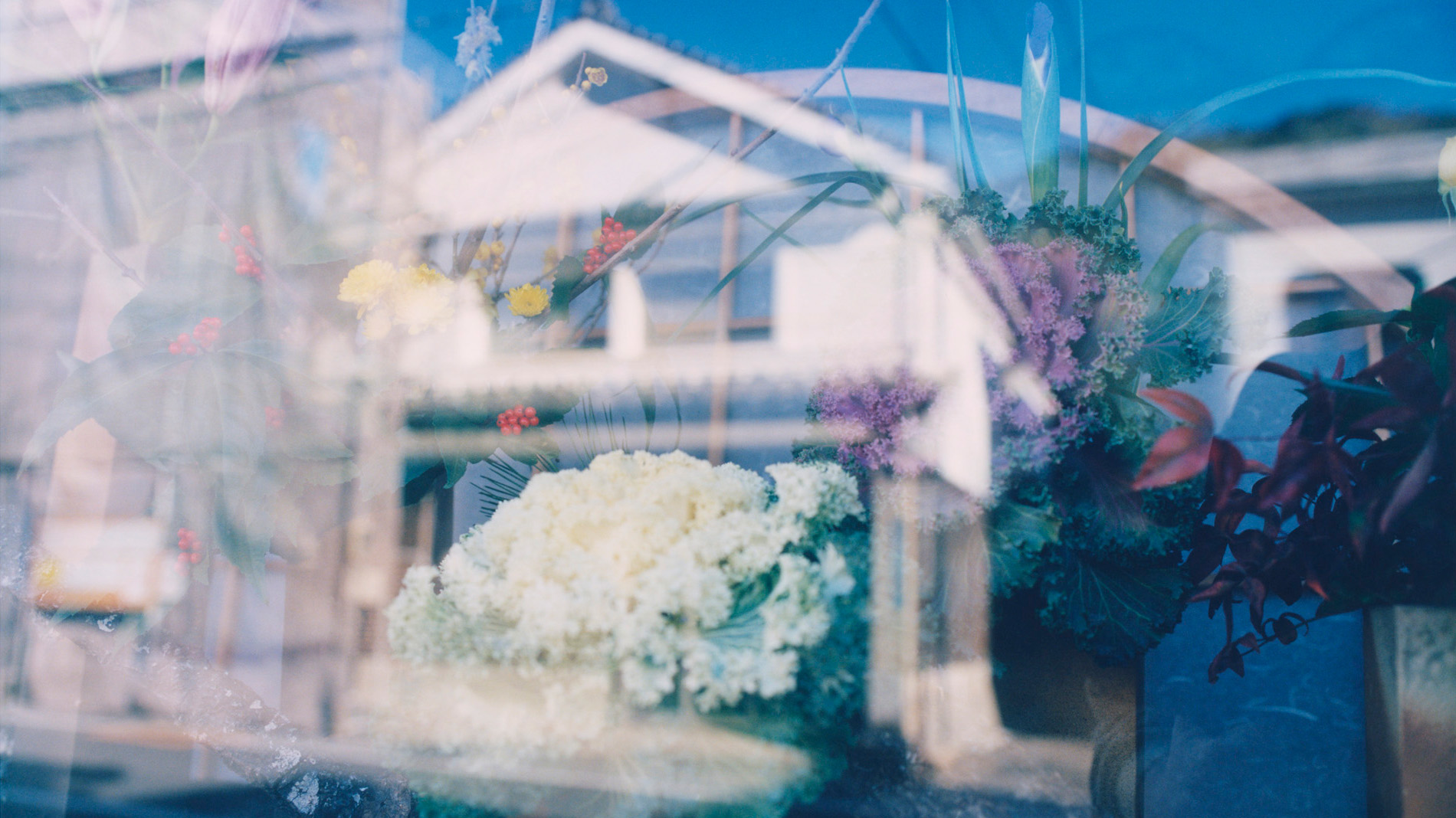 Photographer David Abrahams captures quiet moments in Japan for his new London show
Photographer David Abrahams captures quiet moments in Japan for his new London show‘Kyushu’ is a new show from photographer David Abrahams that documents his trip to a town on the Japanese island
By Mary Cleary